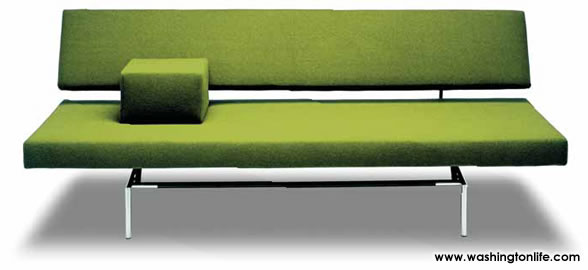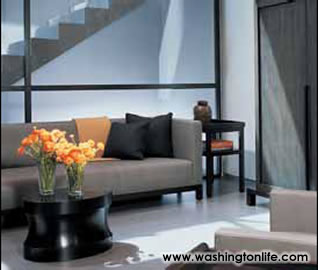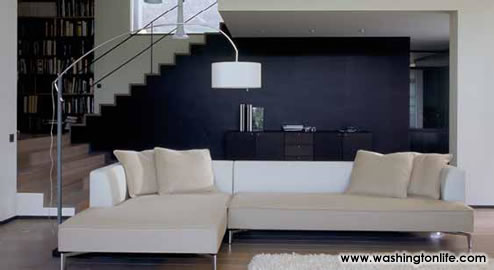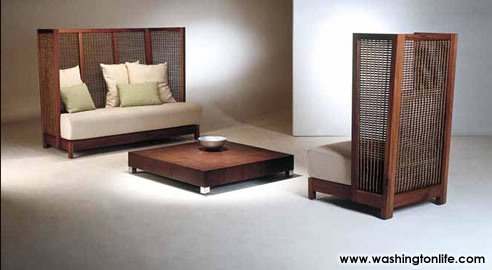The SofaThe Most Important Design Statement In Your Living Room (& ours)
|
|||||||||||||||||||||
 |
 |
As architects we make countless decisions every day, from the large scale of a building facade to the micro scale of a table leg. In designing spaces for public use, each with its own character, we’ve developed a methodology to ease our decision making process.
With so much great furniture design to choose from, it can be daunting to set about creating a living room from scratch. Our advice is to first hire a good designer; if that is not an option, or you like doing it yourself, then follow a few rules, commit to decisions, and follow through in every detail.
1. Defi ne your program; for example if your living room is also the family room and the study, you might choose the furniture differently.
2. Next, what is your concept? Gain an understanding of what image you would like to project. If you’re beginning from scratch, (and haven’t yet inherited all those beautiful antiques?), this can be challenging. What to be: Antique? Traditional? Contemporary? Eclectic? Transitional? Funky (Neo-Sixties Pop & Plastics, “ Twin Peaks” Retro and Tribal, to name a few)? Or, last but not least, Over The Edge (the style with no rules!!)?
3. Start with the sofa. It is the largest piece in the room and should be the “anchor.” Now that you have chosen your design direction, choosing a sofa that refl ects that style will set the tone. Even within each specifi c style, designs can vary enormously. A contemporary sofa can be sleek and minimalistic—great examples can be found at Ligne Roset or Adlon—or, it could be whimsical and fl amboyant (try Mobili or Contemporaria). Having narrowed down your options, consider the following and everything in between:
Expensive vs. Afffordable…
Elegant vs. Casual…
Clean lines vs. Shabby and comfortable…
Patterned Upholstery vs. Solid…
The design language of your sofa, its profi le, stitching, welts, leg, and arm design should help you choose the remaining pieces of the room. If it is sleek and European and has metal legs, then a metal and glass or stone coffee table could work in the room. If it is “Transitional” (think Holly Hunt or Baker), then the molded plastic table and bean bag you own may not look right. Instead choose something with a clean tailored look—perhaps a dark wood will compliment the sofa. An Art Deco settee may be incongruous with a Louis IV ormolu encrusted armoire. Having design rules to follow helps everyone make decisions—but the best part, is having fun breaking them. Here are some of our favorite sofas around town, including the one we picked for our own home.
 |
 |
 |
 |
 |
